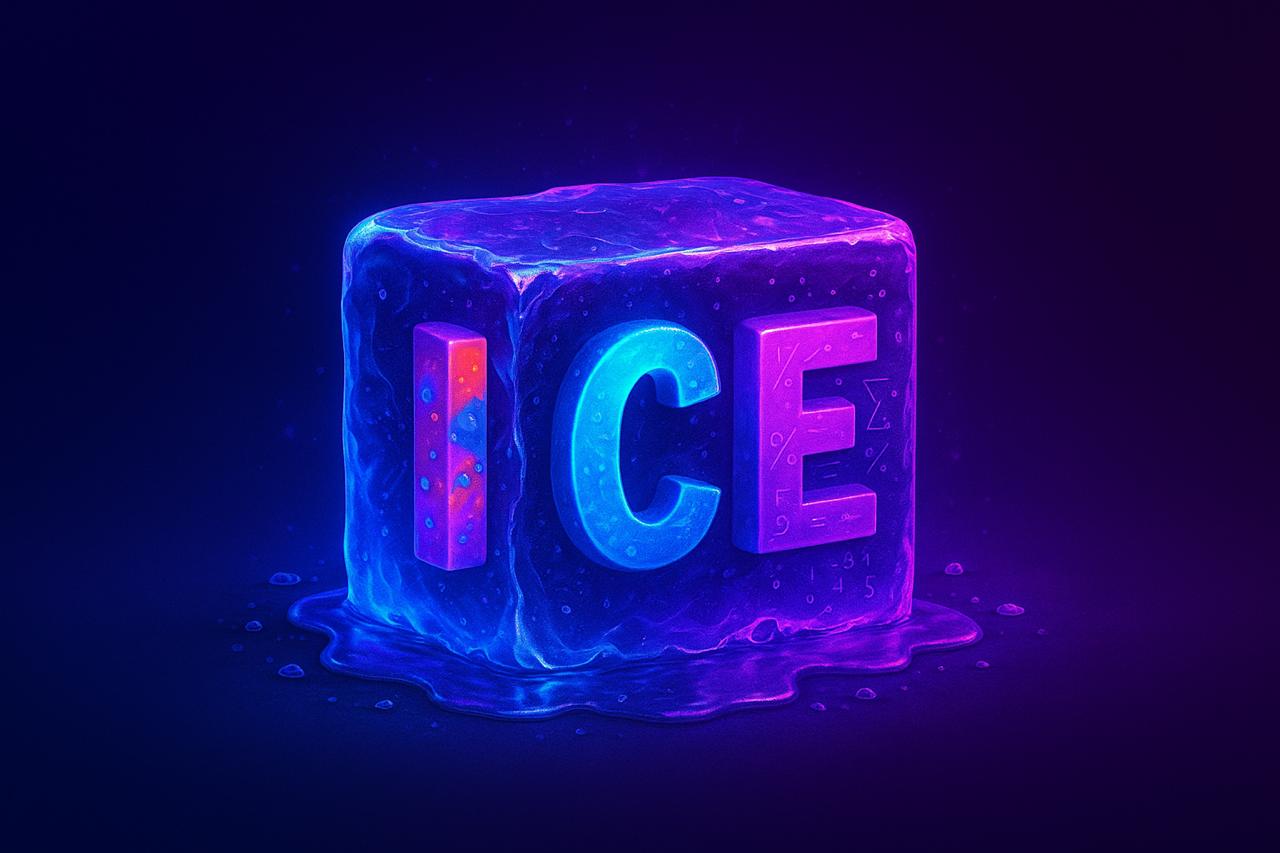Intro, Simple Scores Can Unlock Smart Decisions
When growth teams are overwhelmed with ideas, the hardest part isn’t execution, it’s choosing what to test next. That’s where the ICE scoring model comes in. Originally used by Sean Ellis at GrowthHackers, ICE stands for Impact, Confidence, and Ease, a lightweight framework to prioritize experiments based on outcomes, belief, and effort.
In a world of limited resources and infinite possibilities, ICE helps SaaS teams and marketers make decisions fast without overcomplicating prioritization. Instead of debating endlessly, teams score their backlog and focus on what’s most likely to move the needle right now.
Why
The best growth loops are built on iteration, not perfection. But if you test the wrong things—or in the wrong order—you waste time, burn resources, and delay results.
The ICE framework prevents this by:
• Focusing on outcomes, not opinions
• Eliminating decision fatigue from long idea backlogs
• Creating alignment across marketing, product, and sales
• Turning your backlog into a scoring system, not a guessing game
Teams that score and prioritize experiments regularly learn faster, deploy faster, and grow faster. ICE gives structure to speed.
How
Each experiment is scored on a scale from 1 to 10 across three dimensions:
• Impact — How big is the potential upside if this works? (Will it increase signups, retention, revenue?)
• Confidence — How sure are we that this idea will work based on data, intuition, or user feedback?
• Ease — How easy is it to implement this idea? (Time, tools, stakeholders required?)
Step-by-Step:
1. List all ideas in a backlog or Airtable sheet
2. Score each idea from 1–10 in each ICE category
3. Average the three numbers → ICE Score = (I + C + E) / 3
4. Sort by highest score and test top priorities first
Example:
| Idea |
Impact |
Confidence |
Ease |
ICE Score |
| Launch pricing test email |
8 |
7 |
9 |
8.0 |
| Run YouTube ad campaign |
6 |
5 |
3 |
4.7 |
| Add exit intent popup |
7 |
6 |
8 |
7.0 |
Real Experiment Example:
Let’s say Rappi wants to test a weekend-only delivery promo.
• Impact — High, could increase weekend orders by 15% → Score: 8
• Confidence — Medium, based on a smaller test in one city → Score: 6
• Ease — High, only requires copy tweaks and scheduling → Score: 9
ICE Score: 7.7 → Worth testing in the next sprint
Or consider Stripe testing a simplified onboarding flow for startups:
• Impact — Very High, affects core acquisition → Score: 9
• Confidence — Medium, based on limited qualitative feedback → Score: 5
• Ease — Low, requires dev time and stakeholder alignment → Score: 4
ICE Score: 6.0 → Keep in backlog but not top priority
What
ICE is best when:
• You need to move fast with limited resources
• You want a lightweight, team-friendly scoring model
• You're managing multiple ideas across functions
ICE vs RICE:
• RICE adds “Reach” (how many users will be affected), which is useful for product-led companies
• ICE is faster, better for content-led or early-stage growth strategies
Use ICE when speed matters. Use RICE when data is more available and decisions are complex.
FAQs
What is ICE in marketing?
ICE is a scoring model for prioritizing marketing and growth experiments using three criteria: Impact, Confidence, and Ease.
What’s a good ICE score?
Anything above 7 tends to be worth testing. Compare ideas to each other, not against perfection.
Who should use ICE?
Growth teams, marketers, founders, and product teams who want to move fast and test smarter.
What tool should I use for ICE?
Google Sheets, Airtable, Notion, or any project management board like Trello or Asana.
Can ICE work in SaaS?
Yes. SaaS teams use ICE to prioritize homepage tests, onboarding flows, email campaigns, and pricing experiments.
How often should we use ICE?
Weekly or biweekly sprint planning is ideal. Make it part of your growth rhythm.
What if we score two ideas equally?
Test the one with fewer dependencies or pair it with another light experiment.
Is ICE data-driven or intuitive?
It’s a blend. Use available data, but ICE also works when you have to rely on qualitative insight.
What companies use ICE today?
Brands like Airbnb, Rappi, Platzi, and Stripe have used ICE-like prioritization to run faster experiments and iterate growth models.
Can I use ICE in content marketing?
Yes. ICE works well for prioritizing blog topics, lead magnet concepts, SEO sprints, or LinkedIn post formats.
Conclusion, Score Fast, Test Smarter, Learn Faster
The faster you score and launch experiments, the faster you learn what moves growth. ICE helps teams cut through noise, align across functions, and focus on what matters.
At Funnely, we use models like ICE to shape test plans across funnel stages, from content loops to paid strategies. Because prioritizing what to build or launch next isn’t just a task, it’s a growth multiplier.
Request your free diagnosis to run smarter experiments.



%20Strategy%20and%20How%20Do%20You%20Build%20One%20That%20Works%3F.jpeg)





